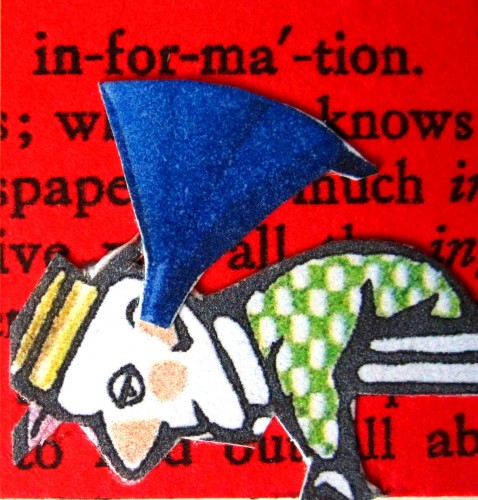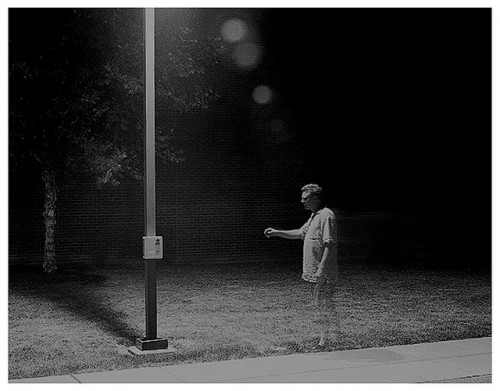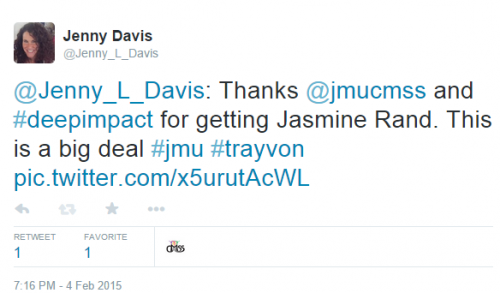Atrocities in Eritrea atop my Twitter feed. A few tweets below that, police violence against an innocent African American girl at a pool party. Below that, the story of a teen unfairly held at Rikers Island for three years, who eventually killed himself. Below that, news about the seemingly unending bombing campaign in Yemen. Below that, several tweets about the Iraq war and climate change—two longtime staples of my timeline. It reminds me of the writer Teju Cole exclaiming on Twitter last summer that “we’re not evolving emotional filters fast enough to deal with the efficiency with which bad news now reaches us….”
This torrent of news about war, injustice, and suffering is something many of us experience online today, be it on Facebook, Twitter, in our inboxes, or elsewhere. But I wonder about the ‘evolutionary’ framing of this problem—do we really need to develop some new kinds of emotional or social or technical filters for the bad news that engulfs us? Has it gotten that bad? more...










